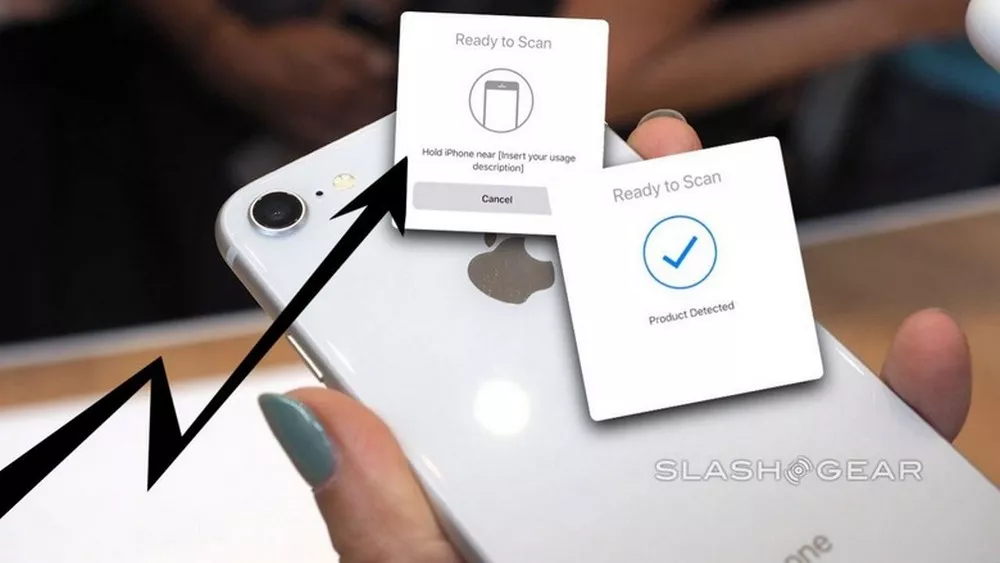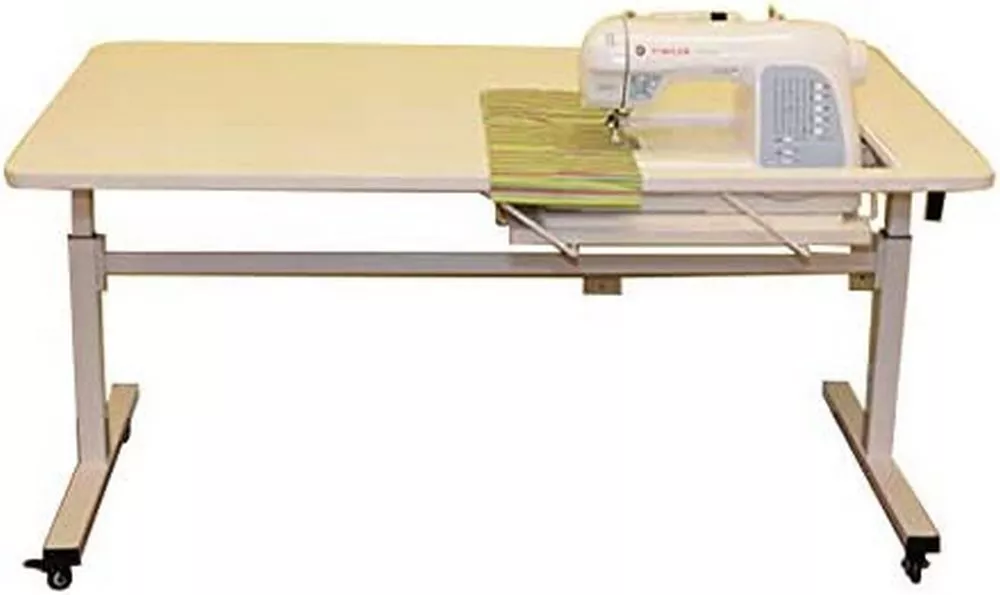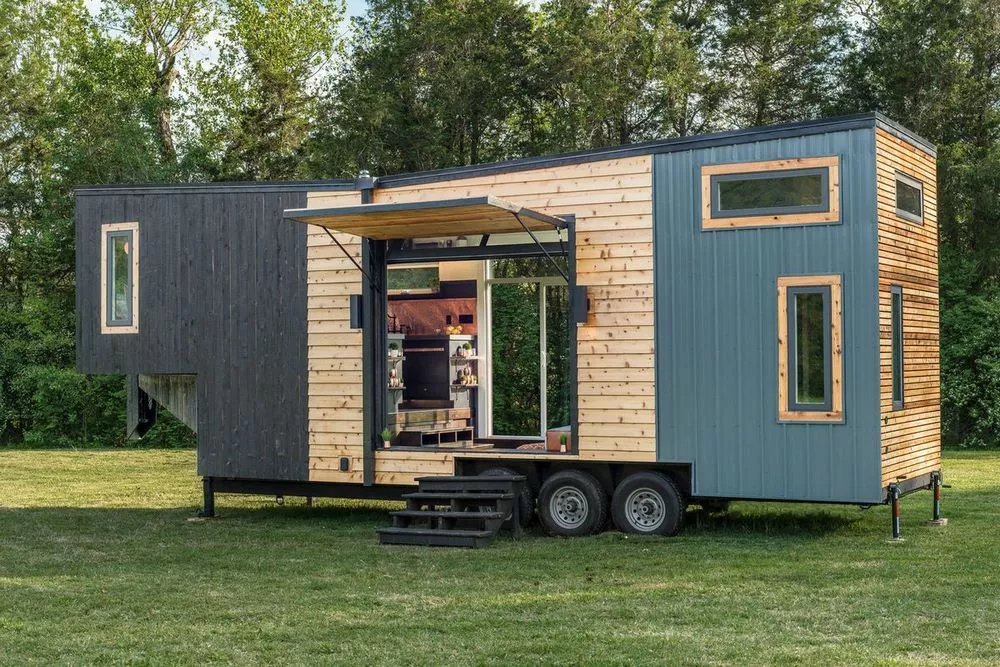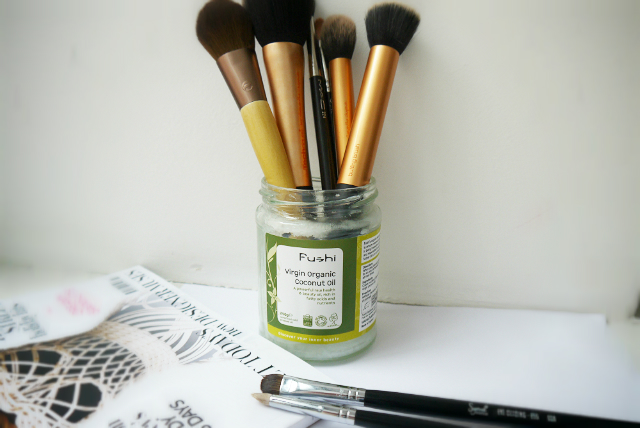NFC is a short-range wireless communication technology that allows devices to exchange data. It is similar to Bluetooth in that it allows two devices to connect and share data, but NFC has some key advantages that make it ideal for mobile devices.
NFC is a much shorter range technology than Bluetooth, which means it uses less power and is less likely to interfere with other wireless devices. NFC is also much faster than Bluetooth, which makes it ideal for sharing small amounts of data like contact information or photos.
NFC is used in a variety of mobile devices, including smartphones, tablets, and laptops. It is also used in some public transportation systems and in contactless payment systems.
NFC technology is constantly evolving, and new uses for it are being discovered all the time. As NFC becomes more widely used, it is likely that we will see even more innovative and convenient uses for it in the future.
This system used magnetic induction to enable communication between electronic devices. In 2004, Nokia, Philips, and Sony formed the Near Field Communication Forum, which is now known as the NFC Forum. The NFC Forum is a non-profit industry association that promotes the use of NFC short-range wireless interaction in consumer electronics, mobile devices, and personal computers.
NFC technology is based on radio-frequency identification (RFID) technology. NFC devices communicate with each other by exchanging data using radio waves. NFC is a standards-based short-range wireless connectivity technology that uses magnetic field induction to enable communication between devices. NFC operates at 13.56 MHz and at a distance of up to 4 cm. NFC is used for a variety of applications, including contactless payments, ticketing, and identity verification.
NFC technology is used in a variety of applications, including contactless payments, ticketing, and identity verification. NFC-enabled devices can be used to make payments at retail stores, transit stations, and other locations. NFC can also be used to store and exchange data, such as contact information, digital business cards, and coupons. In addition, NFC-enabled devices can be used to access secure areas, such as buildings and rooms.
NFC technology is compatible with a variety of devices, including smartphones, tablets, laptops, and desktop computers. NFC-enabled devices can be used to make payments, exchange data, and access secure areas.




